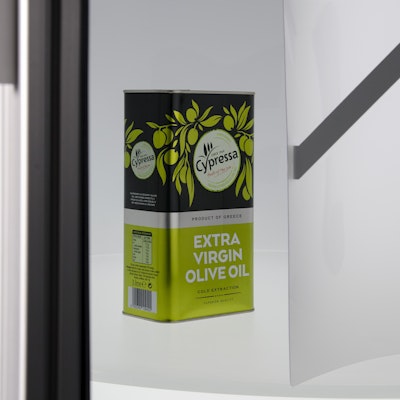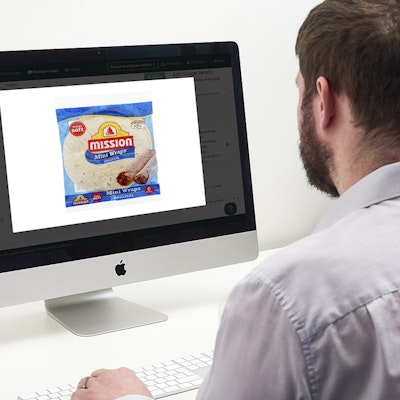What you should know about HFSS
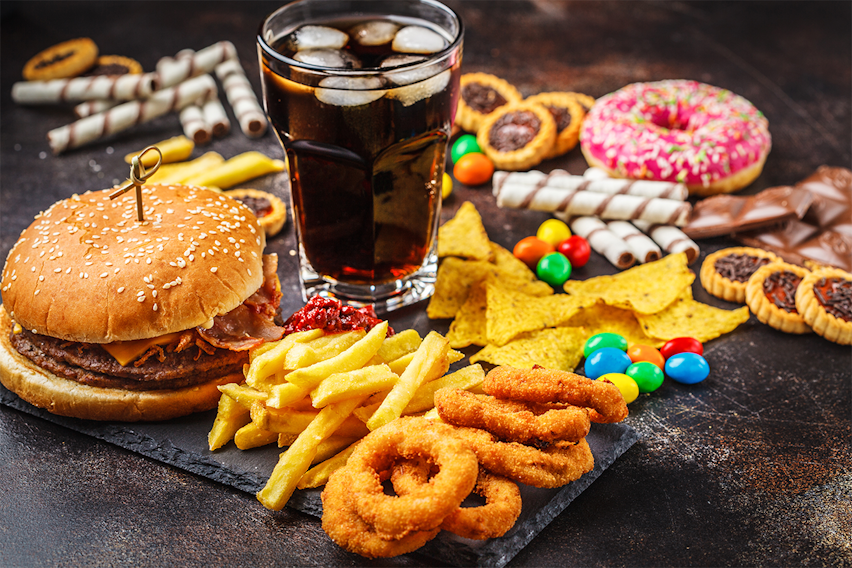
HFSS products are in the spotlight. This is why, and how it might affect you...
What does HFSS stand for?
HFSS stands for High in saturated Fat, Salt and Sugar. It is a description attributed to certain foods.
What are HFSS Products?
HFSS products are foods and drinks that are identified by the Department of Health's Nutrient Profiling Model (NPM) as being high in (saturated) fat, salt and sugar.
The Nutrient Profiling Model is used to establish the HFSS score of a product, and according to the model’s criteria, foods that score four or more and drinks that score one or more are classed as a HFSS product. This is currently under review.
Update March 2023
You can find new guidance from BRC on understanding which products are in and out scope of the provisions of HFSS here.
Are there any exemptions to this?
There are exemptions to the regulation and they can be found here.
Why should I care about HFSS?
Put simply, because of new regulations.
Drastically reducing childhood obesity and prioritising children’s health has been identified as a key focus area for the Prime Minister since 2018, and consequently an ambition has been set to halve childhood obesity by 2030.
One measure recently announced by the government is that HFSS products will be banned from being promoted on TV and online platforms before 9pm. This is in addition to regulations restricting volume promotion and the in-store placement of HFSS products. These restrictions form part of the national ‘Better Health’ campaign and will be legislated in the government’s Health and Care Bill.

When will this happen?
The planned timetable for this is October 2022. The addition of calorie labels to products out of home also forms part of the ‘Better Health’ campaign.
What are Erudus doing to accommodate this change?
A new field has been introduced (which you can find in the product suitability section on Erudus) that allows Manufacturers to declare whether the product is HFSS (>4 for Food items or >1 for Drinks) or Non-HFSS (<4 / <1).
This data provided by Manufacturer users allows Erudus Wholesaler users and their customers to easily identify which category the product falls into and assist them in adhering to the regulation.
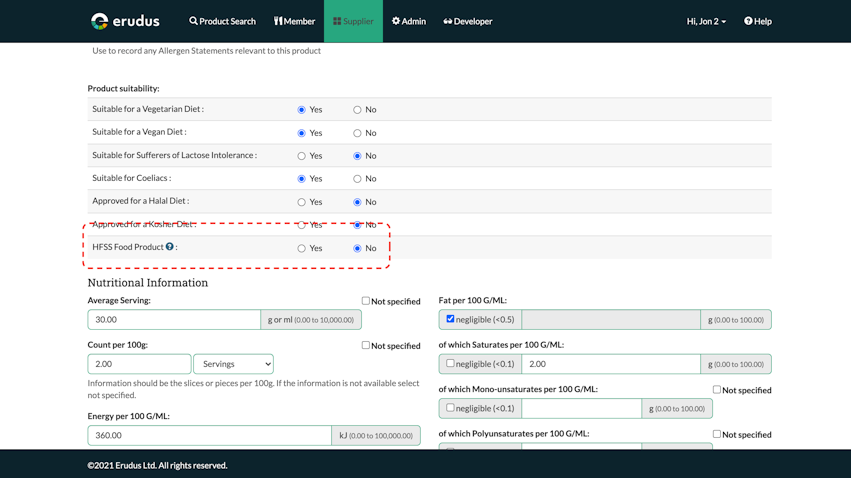
October 2022 - New Update!
There's been an update to BRC's HFSS guidance, and you can click here to find a document that will This document will help you "understand whether your food products are in the scope of the provisions of The Food (Promotions and Placement) Regulations 2021".
How to calculate HFSS
What is a HFSS score?
The HFSS score is calculated based on the Food Standards Agency’s (FSA) Nutrient Profiling Model (NPM), and determines whether a food or drink is classified as HFSS or non-HFSS.
You can find out more information about the nutrient profiling model here.
The score is a number based on a calculation of points. These points represent various nutrients, and the fruit, vegetable and nut content of a food or drink.
If the NPM score is above a certain number, it will classify the food or drink as HFSS (categorised as “less healthy”) or non-HFSS. The thresholds are as follows:
Food: 4 or more points = HFSS / 3 or less points = non-HFSS
Drink: 1 or more point = HFSS / 0 or less points = non-HFSS
How do I calculate the NPM score?
The NPM score is calculated by taking away one group of nutrients (called “C nutrients”) from another group of nutrients (called “A nutrients”).
Firstly, various nutrients are used to award points to a product, based on how much of the nutrient is contained within 100 grams of the product. The Deparment of Health’s technical guidance provides tables to work out how many points each nutrient awards.
It is extremely important to use these points for the calculation and not the number of calories or grams of nutrients in a product.
Points for certain nutrients will need to be grouped together.
These groups are called “A nutrients” and “C nutrients”.
A Nutrients = Energy (kJ) points + Saturated Fat (g) points + Total Sugar (g) points + Sodium (mg) points
C Nutrients = Protein (g) points + Fibre (g) points + Fruit, Vegetable and Nut (F/V/N) percentage content (%) points
The final NPM score is then worked out by doing the following calculation:
A Nutrients points - C Nutrients points
This number = Nutrient Profiling Model Score (HFSS score)
What else needs to be considered when calculating the score?
The following is not an exhaustive list of all things that are taken into consideration when calculating an HFSS score, but we have included some key details to consider...
Measurements To find how many points can be issued, particular measurements need to be used against the table figures:
Energy - this is in the form of kilojoules (kJ), and not kilocalories (kcal)
Sodium - this should be in milligrams (mg) not grams (g).
Note - if you have a salt value, this needs to be converted to sodium. If you don’t have the sodium figure it can be calculated by dividing the salt figure by 2.5. Further information on how to do this can be found here.
Fruit/Vegetables/Nuts - this is a percentage (%). Foods and drinks can be awarded between 0 and 5 points, depending on the % contents in a food or drink.
Fibre
Fibre = AOAC or NSP
AOAC (measured with a set of methods developed by the Association of Analytical Chemists) and NSP (non-starch polysaccharides fibre) are acronyms that represent different fractions of fibre, used to analyse the fibre value in a product.
Although the Scientific Advisory Committee on Nutrition has shifted to AOAC methods, the DoHs technical guidance (which you can find here) refers to using NSP values.
However, in the absence of NSP, the guidance does allow for AOAC fibre to be included instead.
Fruit, vegetable and nut content (%)
Calculating fruit, vegetable and nut content values can be more complex in certain cases.
There are various foods that do not count in this specific part of the calculation - e.g. seeds. Additionally, further calculations are to be applied when working with foods such as dried fruit and vegetables and concentrated tomato puree.
The technical guidance also makes particular reference to the use of points based on either raw or cooked fruit and vegetables, and not including a mixture of both.
Further information and worked examples can be found in the DoHs technical guidance.
Per 100g HFSS score should always be based on per 100 grams of a product, not per serving.
Any food or drinks that have nutrient information listed per 100ml are to convert values to 100g.
Maximum limits
10 points = maximum amount of points each “A nutrient” can be awarded 5 points = maximum amount of points each “C nutrient” can be awarded Additionally, if “A nutrients” = 11+ points:
- and F/V/N points are 0 to 4 = cannot include protein points in the “C nutrients”
- and F/V/N points are 5 = can include protein points in the “C nutrients”
*Note: For food and drinks that are classified as HFSS and are also known as “specified foods” the following DoH (Department of Health) guidance applies “A prepacked food or drink item that falls in a schedule 1 category and is defined as ‘less healthy’ in accordance with the nutrient profiling technical guidance 2011. It is not food that is:
** Provided by a charity in the course of its charitable activities (whether that be free or for a price that is less than the cost of providing that food) Offered for sale by or on behalf of a charity, at a single event, to raise funds for its charitable activities*
Resources regarding Calculating HFSS score
- The Food (Promotion and Placement) (England) Regulations 2021
- DoH information on The nutrient profiling model
- DoH guidance on Restricting promotions of products high in fat, sugar or salt by location and by volume price: implementation guidance
- European Union guidance on Health Promotion and Disease Prevention Knowledge Gateway
- The Food (Promotion and Placement) (England) (Amendment)
- Department of Health Nutrient Profiling Technical Guidance
- European Union Health Promotion and Disease Prevention Knowledge Gateway
- BRC guidance in and out of scope of HFSS
You may also be interested in…
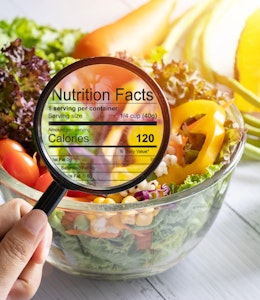
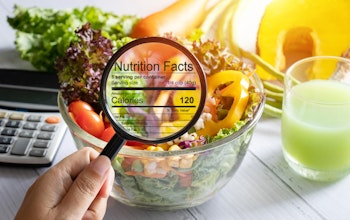
You may also be interested in…
